Gelatin is a translucent brittle substance, which is colorless or slightly yellow, nearly tasteless and odorless, which is created by prolonged boiling of animal skin, connective tissue or bones. It has many applications in the food, pharmaceutical and manufacturing industries.
Gelatin is known as E441. Perhaps, it is best known as a gelling agent in cooking, different types and grades of gelatin are used in a wide range of food and non-food products.
Typical examples of foods that contain gelatine are gelatin desserts or yogurts, sweet things like gummy candies and sweets like gummy bears that kids really like.
Gelatin can be used as a stabilizer and thickener in foods such as ice cream, jams, yogurt, cream, cheese, margarine, as well as foods with reduced fat, to simulate the feel of fat, without added calories.
The shells of pharmaceutical capsules are made from it, in order to make their content easier to swallow. Hypromellose is the vegetarian counterpart to gelatin, but it is more expensive to produce. Animal glue is essentially unrefined gelatin.
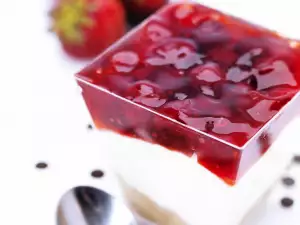
It is used to hold silver halide crystals in the emulsion of almost all photographic films and photographic papers. Some have found suitable substitutes with the stability and low cost of gelatin.
It is used as a coating or separating agent for other substances, such as beta-carotene, it is soluble in water, thus assisting yellow soft drinks that contain beta-carotene.
Gelatin is closely connected with glue and used as a binder in sandpaper. Cosmetic products may contain a non-gelling variant of gelatin under the name "hydrolyzed collagen".
Doubts about the safety of gelatin
Because of bovine spongiform encephalopathy (BSE), also known as "mad cow disease" and its relationship with Creutzfeldt-Jakob disease (CJD), there have not been major concerns about using gelatin derived from animal parts.
A study published in 2004 showed that the manufacturing process of gelatine destroyed most of the prions that may be present in the raw material.
However, more detailed studies on the safety of gelatin and mad cow disease have prompted the U.S. Food and Drug Administration to issue a warning and stricter guidelines for the extraction and processing of gelatin to reduce the potential risk posed by bovine spongiform encephalopathy in cattle in 1997.
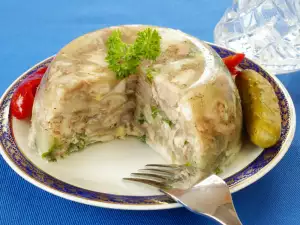
One of the major side effects that may occur with the use of supplements, is an allergy to gelatin. Although not common, it can occur in individuals prone to allergies.
Gelatin allergy can also cause hives, dizziness, and in rare cases, anaphylaxis. Another side effect of gelatin supplements is a reaction to toxins that are sometimes found in gelatin. Since many animals are given antibiotics and they eat foods that contain pesticides, these toxins can occur in gelatin. Possible symptoms include dizziness, nausea and digestive problems.
Possible side effects of excessive consumption of gelatin come from the amount of protein in it, which can lead to liver and kidneys having to work harder. Signs appear that too much protein, and not enough carbohydrates are found in the body is trapped, and this can put a strain on the liver, and for that very reason, gelatin is occasionally used as a protein supplement.





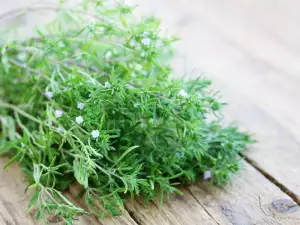
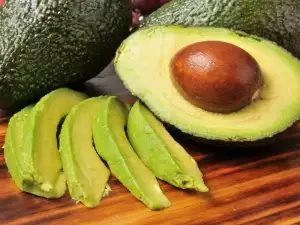
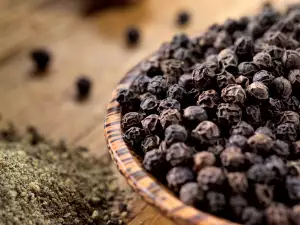

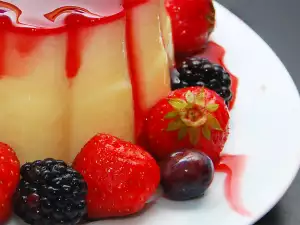

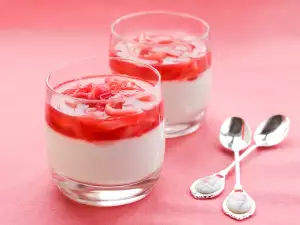
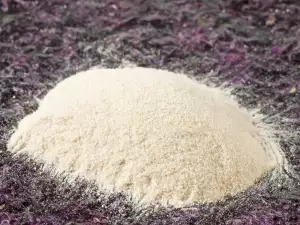





Comments